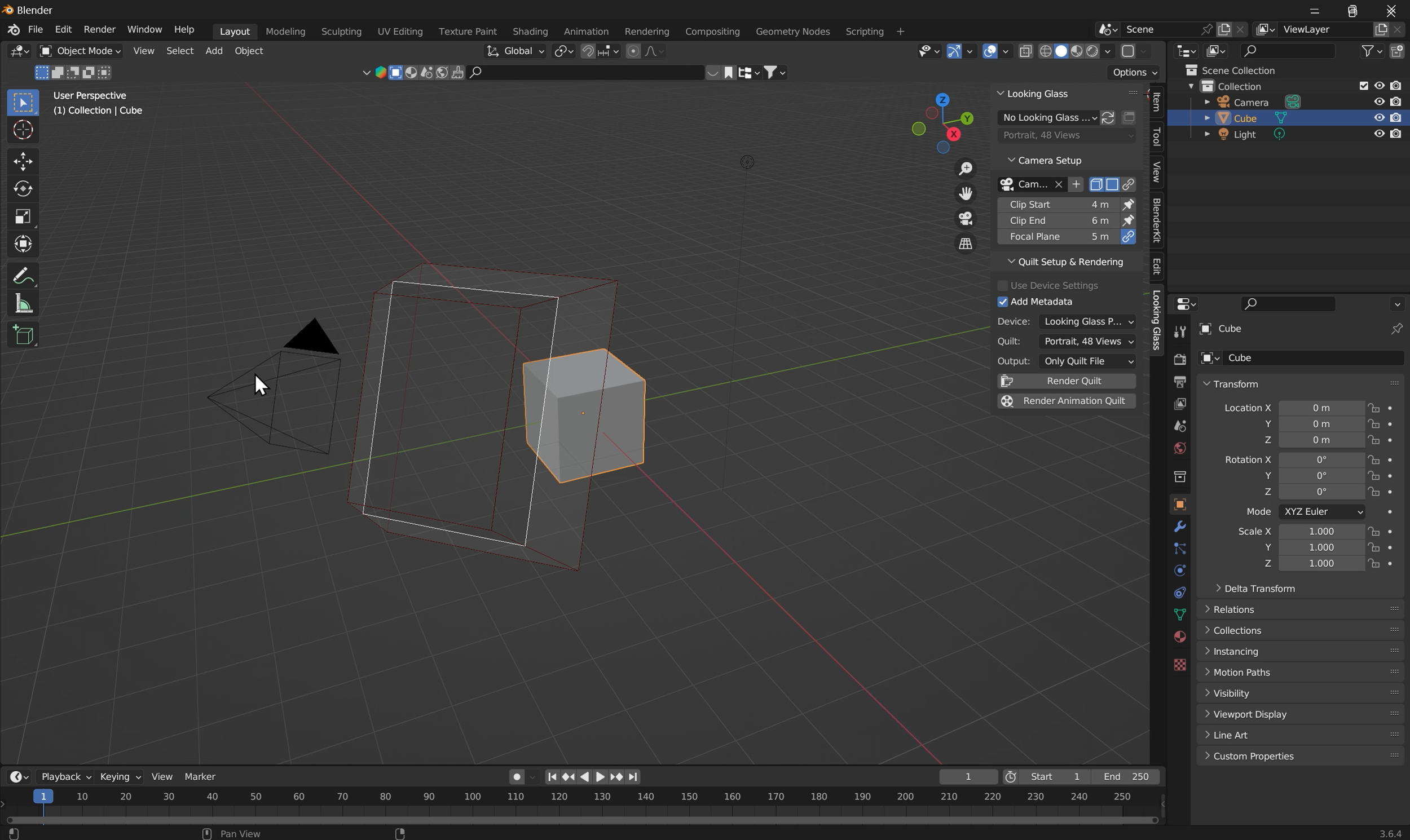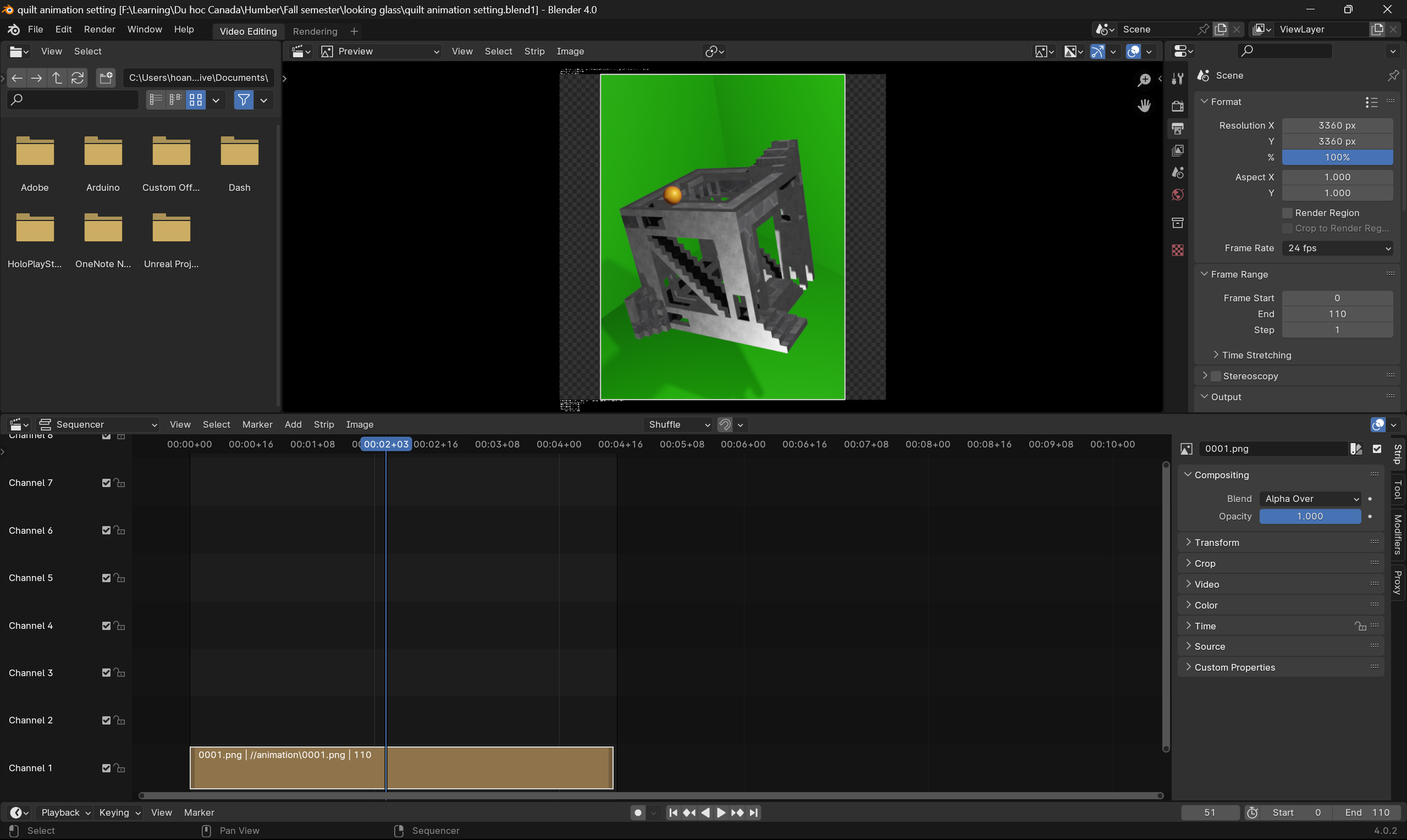L o o k i n g G l a s s
P r o j e c t
Research about the applications possibilities of the looking glass framed
Feature
The objective: How to implement Looking glass frame in Humber College and showcase the design.
My role: One of the main designs in research, 3D model, interact, and animation to align design with the project goal.
My process: Conduct research with an innovative solution for a showcase project in looking glass. Doing secondary research, iterating design based on feedback and research. Conduct technology testing, and collaborate with team members to improve the design.
SERVICE
Digital product design
INDUSTRY
Technology
LOCATION
Canada
The research
Looking Glass lets group learning and collaborative work by allowing multiple people to view and interact with the same 3D content simultaneously making it a perfect student works showcase at the Humber College. We started with research and compared the technology of looking glass which has many interacting features:
Light Field Technology: This is the core principle behind Looking Glass displays. It projects different images into different spatial locations, creating a 3D effect visible to the naked eye.
Lenticular Lenses: These are used to split light into different angles, contributing to the 3D effect without the need for glasses.
Software Algorithms: They generate multiple perspectives of a scene, crucial for creating a realistic 3D image.
Differences from VR/AR: Unlike VR/AR headsets, which require users to wear devices, Looking Glass displays are viewable by multiple people simultaneously, without any additional equipment.
Leap Motion's hand gesture: Recognition empowers users to manipulate specific elements within the models.
The problem
The Looking Glass platform becomes central, enabling users to interact with it and manipulate the dynamic puzzle environment, while Leap Motion(a motion sensor that is compatible with Looking Glass) integration introduces intuitive gesture controls for an enhanced immersive experience. As the research spans a few weeks there are many limitations:
Rendering Complex 3D Scenes: High computational demand for rendering multiple perspectives in real-time.
Real-Time Interaction: Handling interactive content with rapid changes can be challenging due to processing requirements.
The Solution
To enhance user Interaction with Leap Motion we will be carefully implemented to complement the Looking Glass display. Users will be able to interact with select elements of the puzzle through natural hand gestures like swiping, grabbing, and rotating hands, recognized by the Leap Motion sensors, to manipulate some elements of this setup.
For the sample piece. To present multiple programs in the school like game design, graphic design, and 3D modeling. We chose the 3D maze puzzle solving to showcase how all these programs can benefit from the use of Looking Glass.
The project aimed to demonstrate how Humber students can present their work in an engaging and interactive manner. To achieve this, a 3D maze model was created, which acts as a mini-game. The maze is designed to be visually appealing and engaging. Overall, the Looking glass is an innovative and exciting way for Humber students to showcase their work and engage their audience in a memorable and interactive experience.




